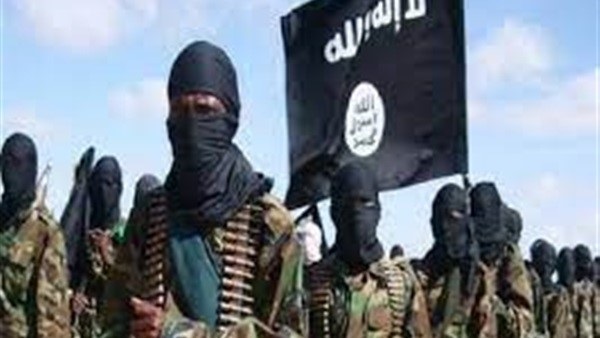ISIS sleeper cells and the dangers of return in the Middle East

The Al-Azhar Observatory for Combating Extremism prepared a
study on ISIS sleeper cells and the dangers of return in the Middle East,
confirming that the terrorist organization was recently able to rebuild itself
in a number of countries in the Middle East and
North Africa through its sleeper cells.
The study added that the security authorities in Morocco
were able in April 2023 to dismantle a terrorist cell, which numbered 13
people, between the ages of 19 and 49, before they carried out sabotage
operations in the country. The cell also forged suspicious relations with
terrorist elements outside Morocco with the aim of coordinating to join one of
the branches of ISIS in the Sahel and Sahara region.
The Al-Azhar Observatory study confirmed that sleeper cells pose
great dangers, especially the cells of ISIS. Despite the terrorist organization
losing its spatial control in its former areas of influence, it is still able to
launch attacks that affect civilians and military alike by means of Its sleeper
cells, in a desperate attempt to prove its strength and cohesion after the loss
of its historical leaders and to divert attention from its crises.
These cells represent an important part of the terrorist
organization’s plans, especially after it pursued the strategy of overthrowing
cities and the presence of its elements in mountains, deserts, and abandoned
villages. After losing its old places of control, ISIS dismantled its military
system that contained within it three armies (Dabiq, Al-Khilafa, and Al-Usra)
and contented itself with some military networks. After it had forces in Iraq
alone that exceeded 20,000 fighters, it settled for 3,000 and turned the rest
into logistical elements or sleeper cells that it would activate whenever it
wanted.
The Al-Azhar Observatory noted that these cells could help the
organization return to life again in the form it was in the period from 2014 to
2017, which poses a real threat to these countries because they are hidden and
latent cells and at the same time are always ready and waiting for the green
light to rise. The most important evidence for this is the confessions of some
extremists convicted of the mechanism of sleeper cells and how to finance them.
One prisoner, who was in charge of one of the ISIS
sleeper cells, said that the number of these cells is very large, whether
inside or outside the territory controlled by the organization, and that the
members of each cell communicate with each other with codes through phones. He
added that whoever manages the cell and issues orders to it is the “alleged”
governor in the area in which the cell is located, and that they are located in different regions of Syria, such as Idlib,
Raqqa, Manbij, and Jarabulus.
The accused added that the cells are required to carry out
specific tasks and that the organization provides them with money and
everything they need through remittances and bank offices at times, noting that
the last money he received was before his imprisonment through a person sent by
the alleged governor.
The Observatory emphasized that the danger of sleeper cells
lies in spreading rumors and igniting strife among the local population, and
thus they are no less dangerous than the military activity of extremist
organizations, because they are secret forces distributed in different regions
to make it easier for them to carry out terrorist activities without anyone
noticing them.
Therefore, it can be said that one of the tasks of these
cells is to carry out terrorist activities, but in a peaceful way and not by
using weapons.
ISIS sleeper cells have spread in northern, eastern and
northwestern Iraq, northeastern Syria, and the Badia desert over the past two
years, posing a serious threat through their ability to hide and infiltrate
through security-porous paths. This makes the security forces’ task of tracking
them down very difficult, which requires soft efforts to sort out the cells and
purify the liberated areas from the clutches of extremist organizations.
The study confirmed that these cells are numerous and very
dangerous, resembling ferocious hyenas that disguise themselves before they
jump to carry out the tasks assigned to them by the organization. ISIS’s
surprise attack on Al-Sina’a prison in the Ghweran area of Al-Hasakah,
northeastern Syria, in January 2022 revealed the role of its cells in planning
and carrying out terrorist operations.
The Al-Azhar Observatory study confirmed that military
operations are important in eliminating and dismantling these cells and
stopping the terrorist tide that is heading towards fragile areas in terms of
security, in addition to intelligence efforts that rely on monitoring and
tracking the elements and activities of those cells in
an attempt to dismantle them and dry up their sources of funding. But at
the same time, all of this must be in parallel with efforts to combat ideological
extremism and raise awareness of knowledge, especially among young people in former
areas of ISIS control.







